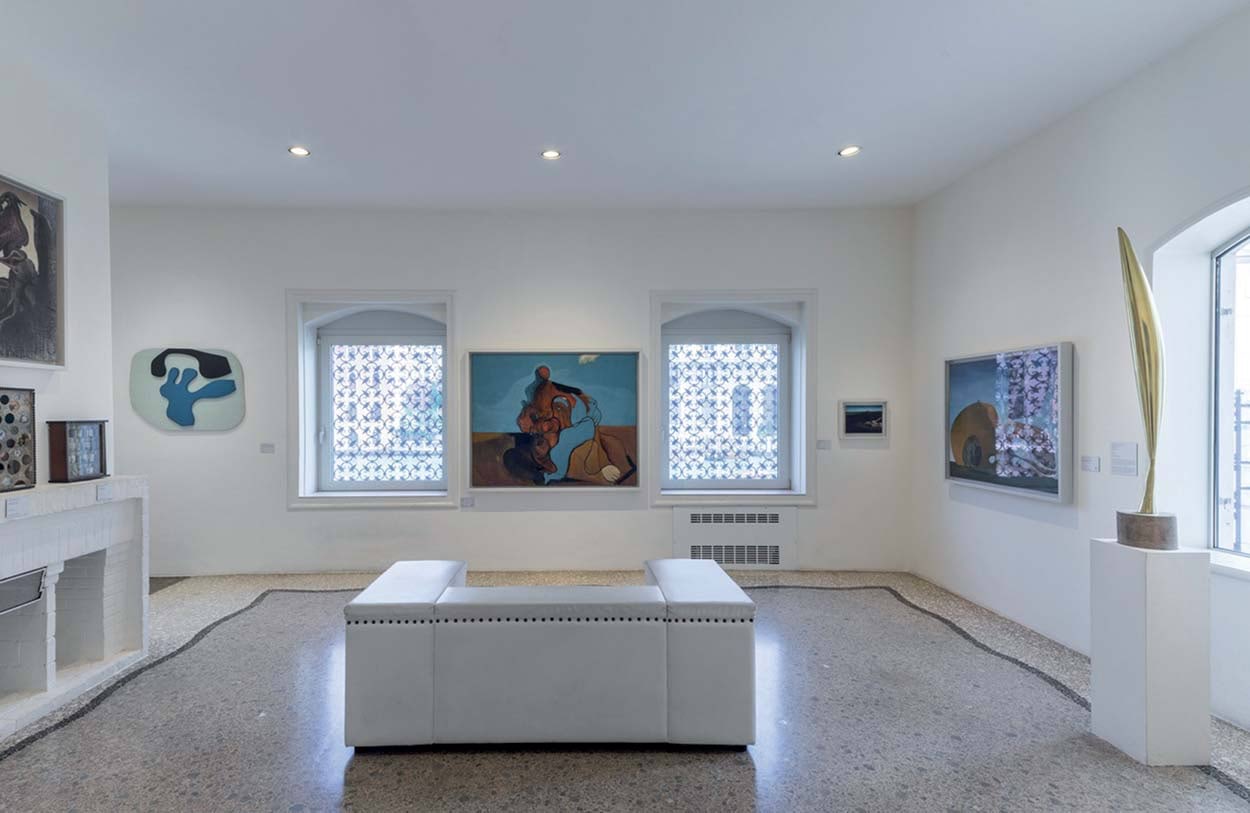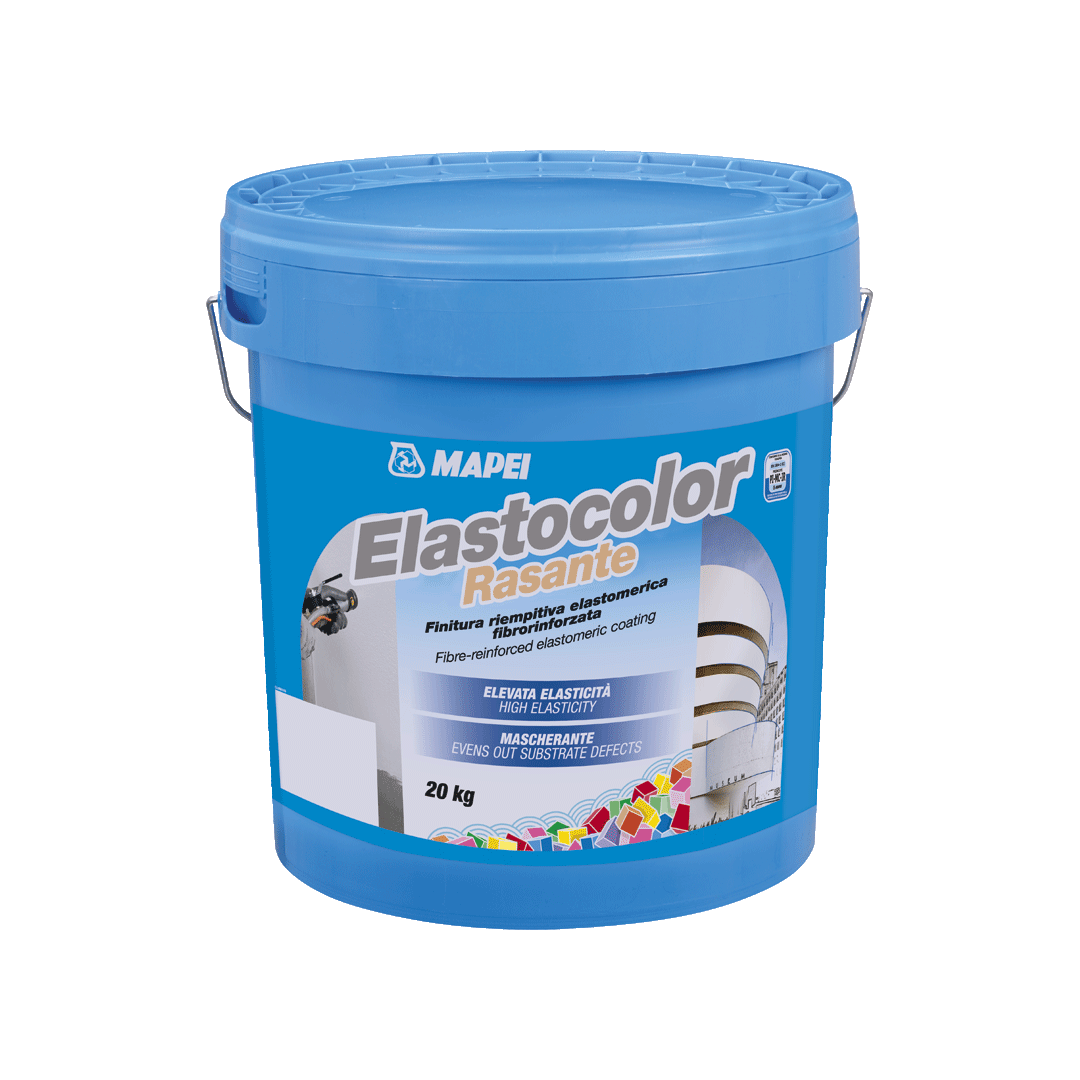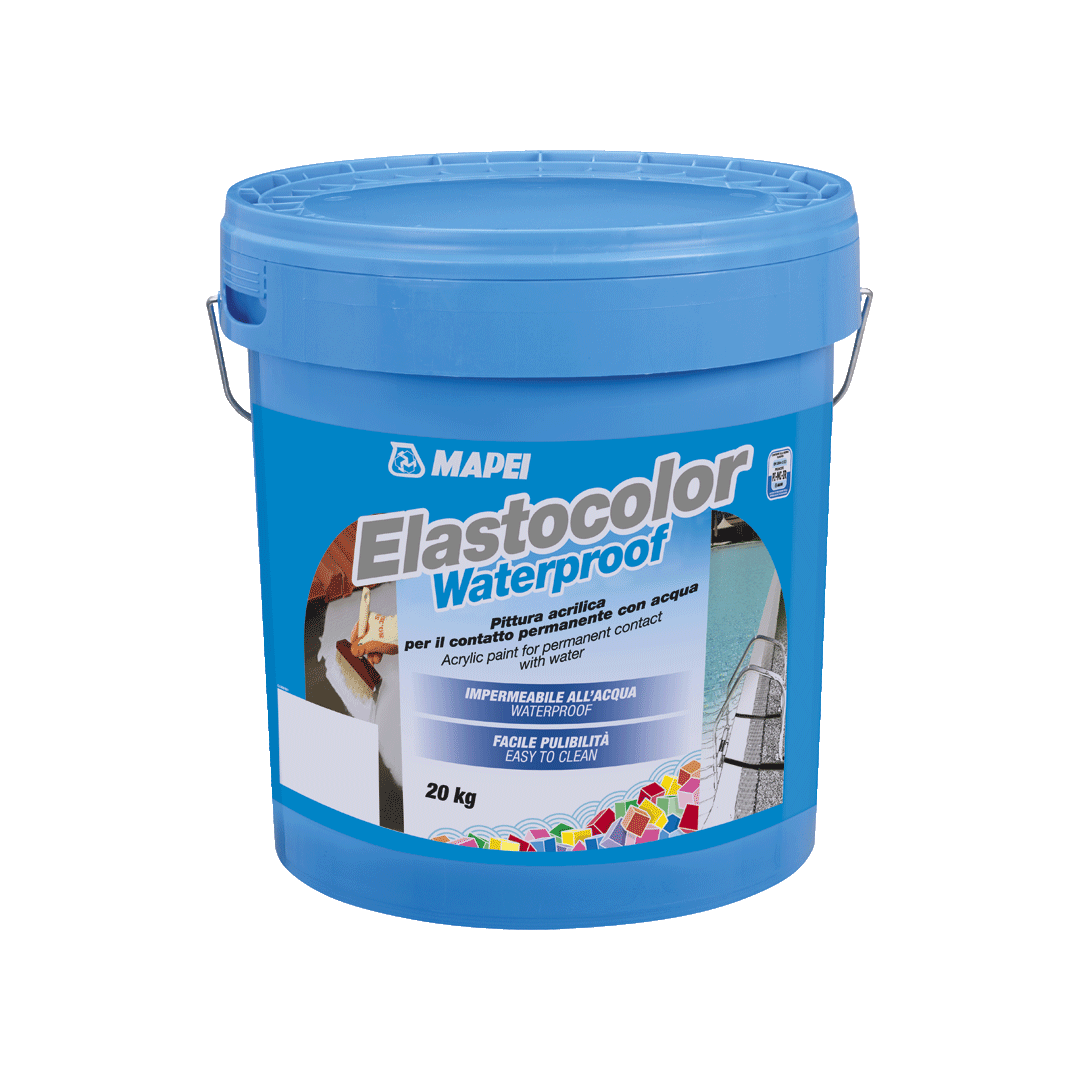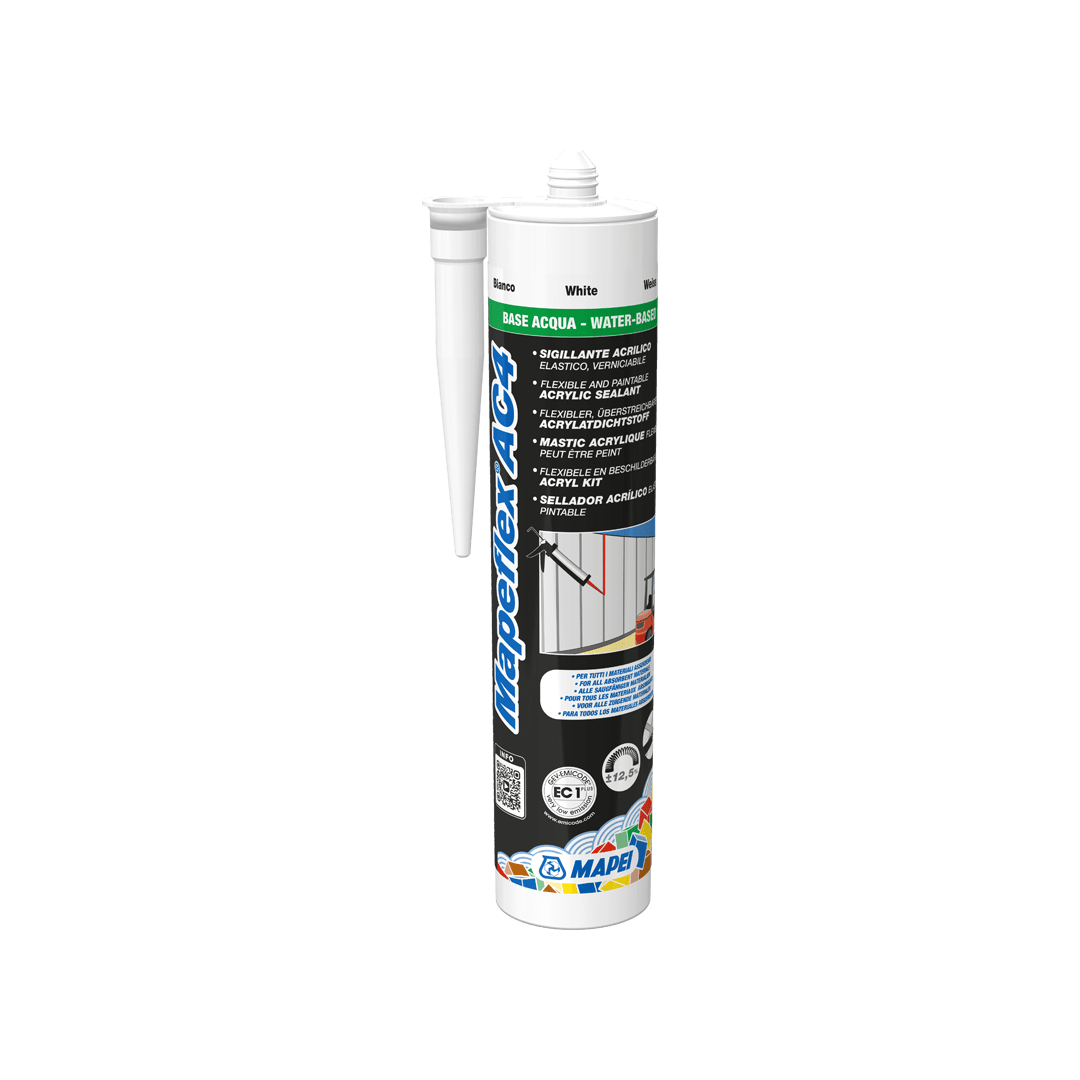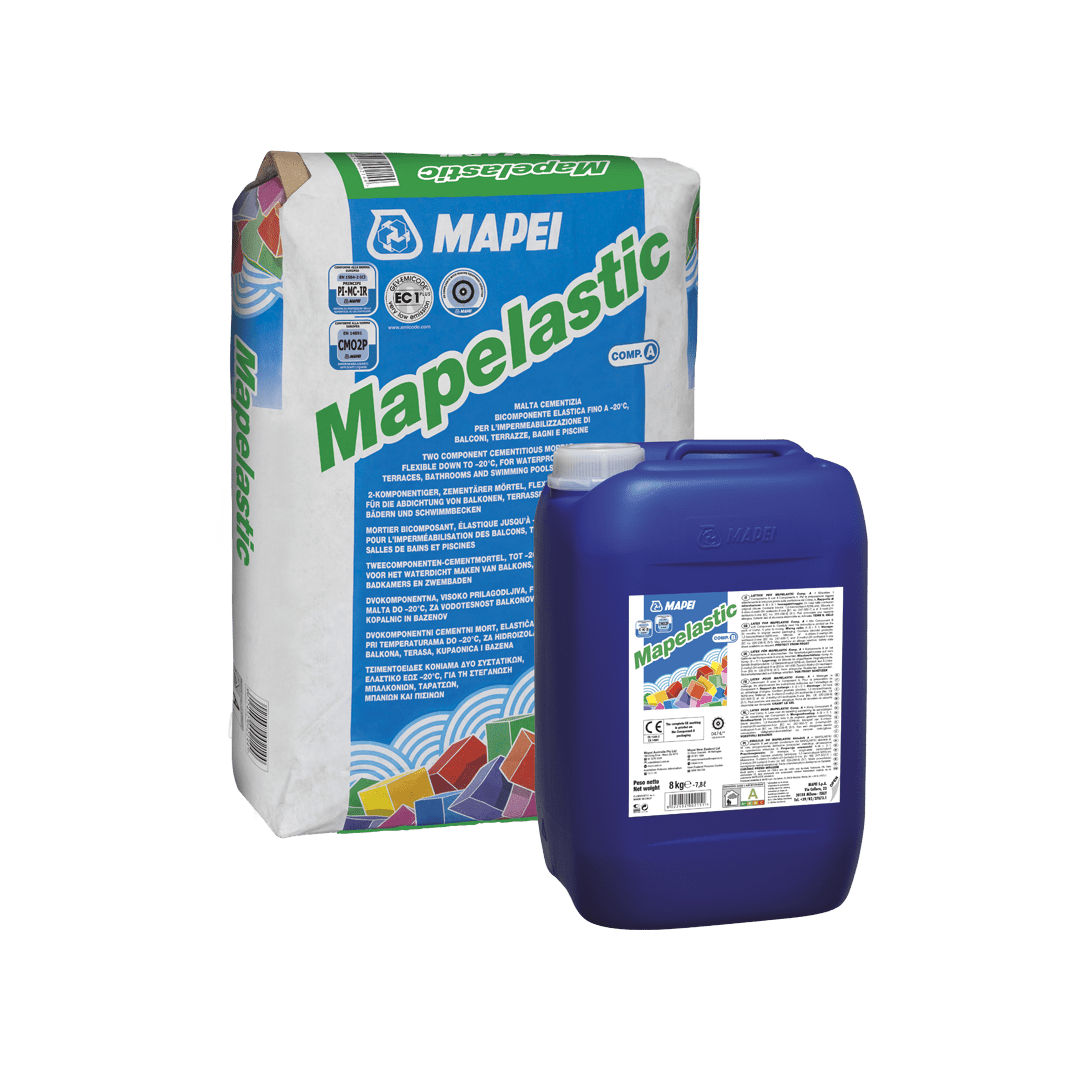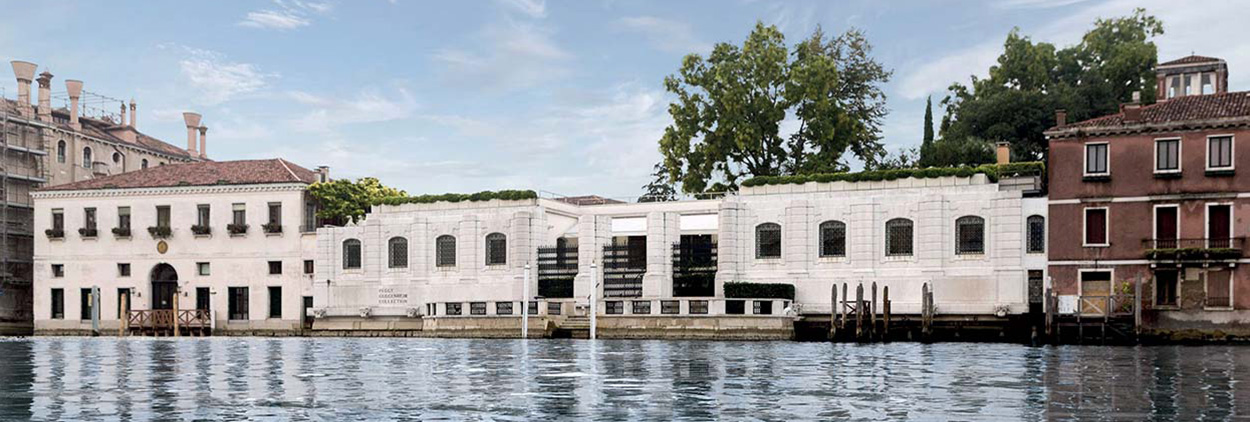
News from the Guggenheim
Changes at the top at the Peggy Guggenheim Collection of Venice: the perfect occasion to take stock of the museum’s interventions and new acquisitions.
Philip Rylands has left the role of Director of the Peggy Guggenheim Collection of Venice. The new director will be Karole P.B. Vail, member of the Guggenheim curatorial staff since 1997 and the nephew of Peggy Guggenheim. Mapei recalls its enduring partnership on the year of Frank Lloyd Wright's 150th anniversary.
Philip Rylands has left the twin role of Director of the Peggy Guggenheim Collection of Venice and the Solomon R. Guggenheim Foundation’s director for Italy. His career started in 1979 when he joined the organisation to become administrator of the Collection immediately after the death of Peggy Guggenheim. Nominated vice director in 1986 and then director in 2000, in 2009 Rylands also took over as the Guggenheim Foundation’s director for Italy. From 1986 he also administered the activities of the American Pavilion at the Venice Biennale on behalf of the Peggy Guggenheim Collection.
During his time as director the Collection became the most visited museum of modern and contemporary art in Italy and the second most visited tourist attraction in Venice after Palazzo Ducale. In 2015 the Venice art collection had more than 400,000 visitors, with 70% of them coming from overseas.
Numerous objectives were achieved under his direction, from the restoration of Palazzo Venier dei Leoni to the foundation of the Peggy Guggenheim Collection Internship Program.
To know who would be nominated as his successor we had to wait until the beginning of June when Richard Armstrong, director of the Solomon R. Guggenheim Foundation, announced the name of the new director of the Peggy Guggenheim Collection of Venice and the Italian section of the Foundation of the same name: Karole P.B. Vail, member of the Guggenheim curatorial staff since 1997 and the nephew of Peggy Guggenheim.
Armstrong pointed out that Karole Vail will be only the second director in the history of the Peggy Guggenheim Collection after Philip Rylands, who managed the museum for 37 years and will be made director emeritus.
After studying art in London, Karole Vail worked as an archivist and researcher at the publisher Centro Di in Florence and as vice curator for various freelance projects. More recently, in collaboration with the Art Institute of Chicago and the Los Angeles County Museum of Art, he was curator at the Guggenheim Museum of New York for the retrospective exhibition “Moholy-Nagy: Future Present”, and is collaborating in the organisation of an important exhibition on Alberto Giacometti, which will be presented in New York in 2018.
NEW SPACES AT THE VENICE MUSEUM
The Solomon R. Guggenheim Foundation, created in 1937 in New York by the uncle of Peggy Guggenheim to run his museum inside the famous spiral building designed by the architect Frank Lloyd Wright, is dedicated to the promotion of knowledge and interest for art, particularly modern and contemporary art, through exhibitions, courses, research initiatives and publications. The network of Guggenheim museums, which was founded in the 1970’s when the New York museum was joined by the Peggy Guggenheim Collection of Venice, extended even further over the years with the addition of the Guggenheim Museum Bilbao in 1997 and the Guggenheim Abu Dhabi, which is currently in the design phase.
Exclusive property of the Guggenheim Foundation, the Collection overlooks Canal Grande. Once inside, visitors can admire the private art collection of Peggy Guggenheim, ex-wife of the painter Max Ernst, who also had her own private residence here. The works of art on display include representative pieces of American modernism and Italian futurism, as well as cubist art, surrealism and abstract expressionism by artists of the calibre of Picasso, Dalì, Magritte, Brancusi and Pollock.
Originally owned by Doris Castlerosse, the building was bought by Peggy Guggenheim in 1949. Then, in 1958, the portico pavilion, known as the “the barchessa”, was added to improve visibility of this rich collection. 1980, few months after her death, marked the inauguration of the Collection to honour her name under the administration of the Solomon R. Guggenheim Foundation, which prepared a programme to create more suitable display spaces along with their relative service areas, indispensable in order to run a museum efficiently. The various interventions carried out over the years had to take into consideration the opening times of the museum, which meant all the work had to be specifically targeted, functional and spread over a long period of time.
2000 marked the start of a structured project to reorganise the entire area, which included building a new entrance, extending the exhibition space around the terrace and along the foundations, transferring the administration offices to the top floor of the building on Rio delle Torreselle, rationalising and upgrading all the plant systems required to run the complex, rearranging the routes taken by the visitors and museum personnel to allow for maximum flexibility when organising exhibitions and changing the layout of the external communicating paths between the various gardens positioned at different levels, as well as installing lifts for visitors with disabilities.
MAPEI AND GUGGENHEIM: AN ENDURING PARTNERSHIP
In 2017 the extension work on the exhibition space was completed, which included the acquisition in 2015 of an area of garden and a small building adjacent to the current home of the Collection. This area was used to create two exhibition rooms called “Project Rooms”, a veranda was converted into an exhibition space for sculptures with a relaxation area for visitors, an Education Centre with laboratories and workshops for children and adults was built and the Peggy Guggenheim Café was refurbished. This brightly lit space, with its large veranda and sculpture garden, was created thanks to contributions from member companies of the Guggenheim Intrapresæ association, such as Mapei Group. All the interventions carried out inside the Peggy Guggenheim Collection were designed by the TheMa architects studio, founded by Giacomo di Thiene.
Over the years, the Solomon R. Guggenheim Foundation chose a select group of companies to form the Guggenheim Intrapresæ association, of which Mapei is a member (see box), with which they have established a relationship of mutual cultural collaboration.
The bond between Mapei and the Guggenheim Foundation became firmly established following a series of contributions, the last one being an intervention on the café (Realtà Mapei International No. 62/2016) following the renovation work in 2009 on the main façade overlooking Canal Grande and on the façade which opens onto Rio delle Torreselle (Realtà Mapei International No. 31/2010).
THE 150 YEARS OF FRANK LLOYD WRIGHT AND THE GUGGENHEIM MUSEUM
The collaboration with Mapei started in 2007-2008 with the restoration work on the prestigious Solomon R. Guggenheim Museum of New York (Realtà Mapei International No. 27/2009), for which the architect Frank Lloyd Wright worked from 1943 until 1959, when it was inaugurated. This year marks the 150th anniversary of the birth of this great American architect, a key figure in the modernist movement and, undoubtedly, one of the most influential designers of the XX century, along with Mies van der Rohe, Le Corbusier and Alvar Aalto.
During his long professional career Wright, who died in 1959 at the age of 92, worked on around 1,100 different projects, only half of which were actually completed, including some of the most iconic examples of contemporary architecture: the Fallingwater House in 1937, the Price Tower, his only skyscraper, in 1952 and the Guggenheim Museum of New York. Numerous events have been organised in the United States to celebrate this anniversary, including the one to be held at the Museum of Modern Art-MoMA in New York, which will open the archives of the Wright Foundation, while the Guggenheim Museum kicked off its celebrations on the 8th of June, Wright’s birthday, with free tours of the building, lessons on the history of architecture and a display of archive photos of the building under construction.
The museum may rightly claim to be the sum of all the work of Lloyd Wright – unique for the form of its internal and external lines and its structural conception, but also for its intrinsic fragility: in fact, in 45 years, it has been restored 7 times.
And if today it is possible to admire this building without the signs left by time, it is all down to the most recent restoration work, which started in 2005 and was completed in 2008 for an overall cost of 30 million dollars. Restoration work which was preceded by 3 years of surveys, studies and analyses to identify the problems and find the best solutions.
Mapei was chosen directly by Integrated Conservation Resources, the company charged with the task of choosing the products and systems to be applied during the restoration work, which singled out Mapei as the best partner to tackle such a long, difficult operation. The intervention started with the removal of 11 layers of paint and continued, where required, with demolition of the concrete to expose the rebar, which was then passivated with MAPEFER 1K.
The concrete was integrated with PLANITOP XS thixotropic mortar and the cracks were sealed with MAPLEFEX AC4. All the external surfaces were then protected with MAPELASTIC two-component cementitious mortar, which is used to protect and waterproof concrete, with the more delicate areas reinforced with MAPETEX SEL micro-perforated fabric. Because of the movements the structure of the museum is subjected to, the finishing operation was carried out using ELASTOCOLOR RASANTE coloured, fibre-reinforced skimming compound applied by spray. The surfaces of the walls at street level were protected firstly with a cycle of MAPELASTIC, followed by a coat of ELASTOCOLOR WATERPROOF elastic paint, which is suitable for direct contact with water. Where necessary, the anti-graffiti product WALLGARD GRAFFITI BARRIER was also applied.
Once the restoration work had been completed, the Guggenheim Museum was officially reopened to the public on the 22nd of September 2008, in time to celebrate the 50thanniversary of its construction, thanks also to the contribution given by Mapei to the conservation of what is quite rightly considered one of the great masterpieces of modern architecture.





